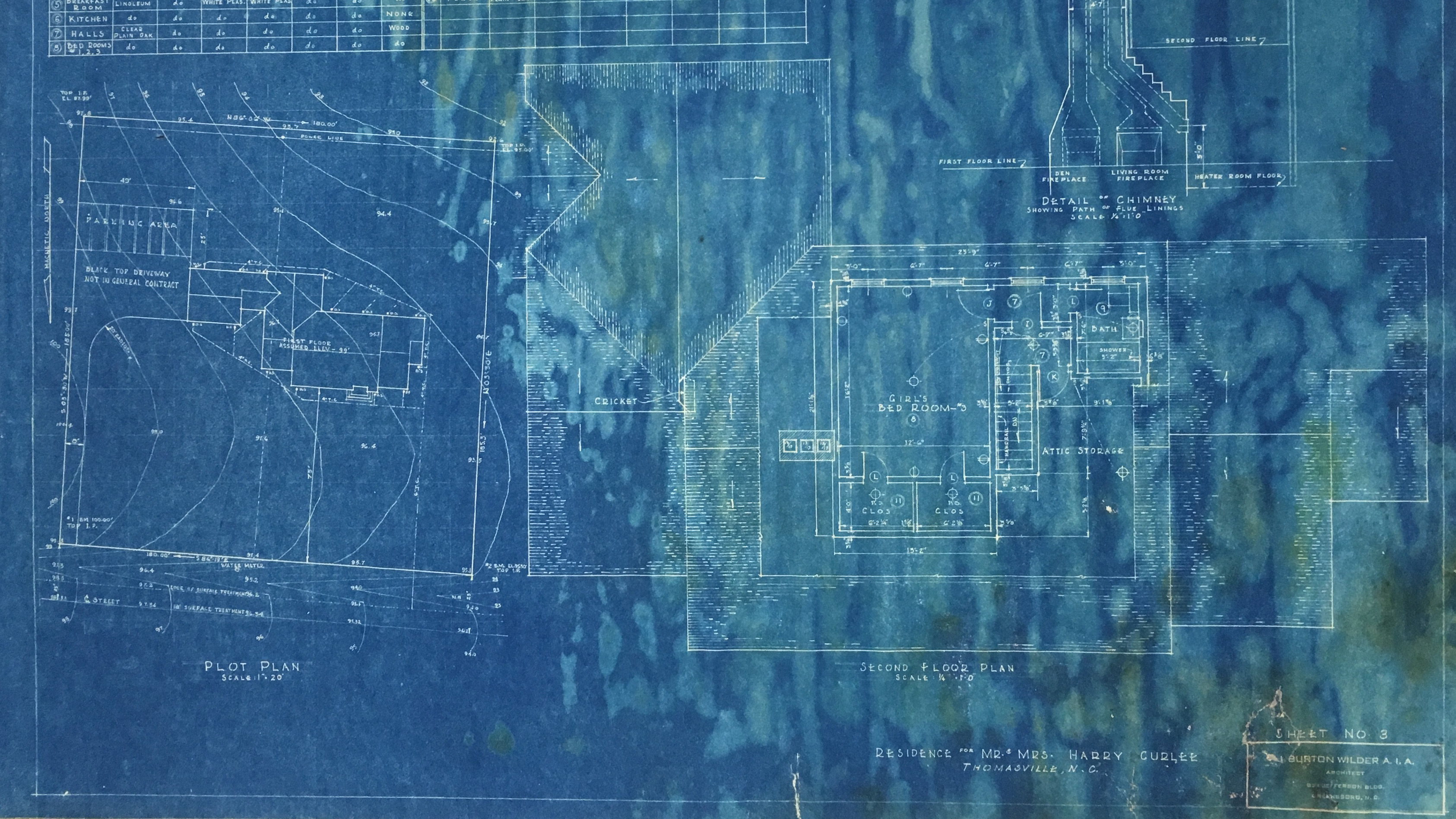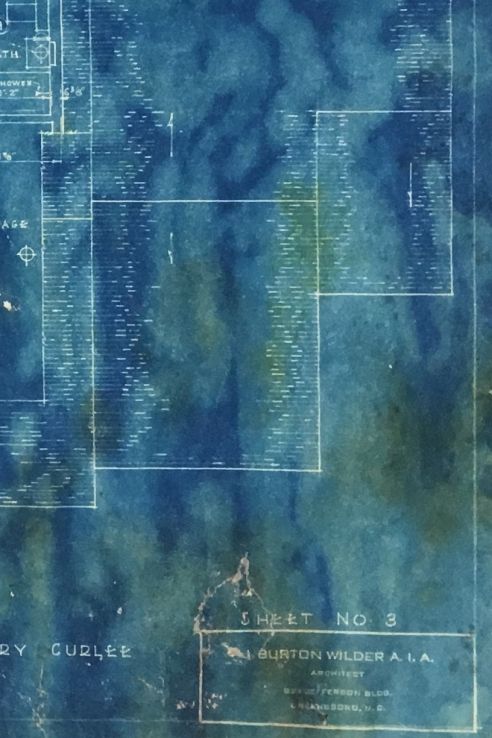
Conservation of Archival Materials

Contributed by Phillip MacDonald and Taylor Wolford, Library Associates
According to the Society of American Archivists (SAA), conservation of materials includes “the repair or stabilization of materials through chemical or physical treatment to ensure that they survive in their original form as long as possible.” Conservation treats existing damage, as opposed to preservation, which prevents future damage. Conservation practices are at the core of the Special Collections Research Center's mission to collect, house, and provide access to collections that are unique and often irreplaceable. While processing the Reginald D. Tillson Architectural Records (MC 00592), we discovered several materials that require such treatment. The following steps outline how we process collections that require conservation.

When collections are brought to Special Collections for processing, we sometimes find materials that require treatment as we process. We notice mold, brittle paper, water damage, sheets in need of flattening, or anything that appears damaged. Next, we select materials for further treatment based on the severity of the damage and the collection. If we cannot treat the materials on site, we send these selected materials to the preservation staff. The preservation staff, including the Preservation Librarian, Jamie Bradway, evaluates the damage and decides on appropriate treatments for the materials’ conservation. Once we receive treated materials back from preservation, we process the materials in the collection. Depending upon the material, we may place a “contains treated material” note on the folder or box.
For more information about conservation practices, see the SAA’s “Standards & Best Practices Resource Guide” for archivists. For more information about collections housed at the Special Collections Research Center, visit our collections guide page.